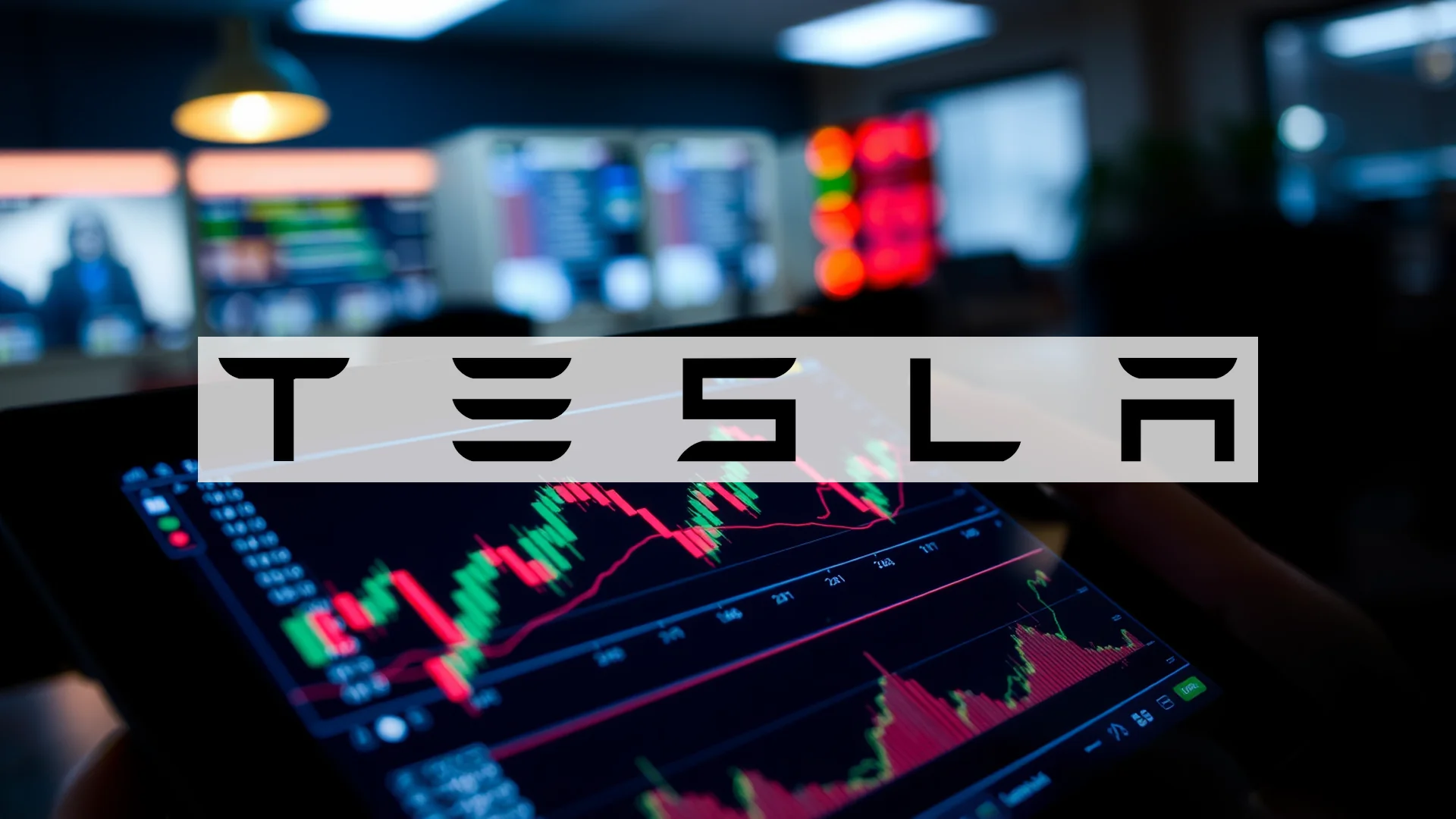The competitive landscape for electric vehicles in Europe is undergoing a significant transformation. Tesla, the longstanding pioneer, is confronting a formidable challenge from Chinese automaker BYD, whose rapid ascent is calling into question the sustainability of Tesla’s growth narrative. Recent registration data reveals a dramatic shift in market dynamics between the two giants.
European Market Share Flips
August 2025 registration figures delivered a clear verdict: BYD has surpassed Tesla in the European arena. The Chinese manufacturer’s sales tripled compared to the same month last year, capturing a 1.3% market share. This propelled it into the lead over Tesla, whose share contracted to a modest 1.2%. The contrast in growth trajectories is even more striking; BYD registered an increase exceeding 200%, while Tesla’s figures declined by 36.6%.
This reversal is not an isolated event. BYD also led in July, reinforcing a trend that signals a strategic realignment within the continent’s EV sector. Analysts note that BYD’s focus on plug-in hybrid vehicles has been a key tactic, allowing it to navigate EU tariff structures and appeal to European consumers who may still harbor reservations about fully electric cars.
Musk Responds with a Billion-Dollar Bet
In the face of this mounting pressure, Tesla CEO Elon Musk has made a decisive move. September 2025 saw Musk purchase $1 billion worth of Tesla stock, marking his first such acquisition in five years. This strong vote of confidence from a company insider provided a significant boost to the share price, which has climbed approximately 85% from its lows recorded in April.
This action inevitably raises questions about its timing. Is Musk’s investment a prescient bet on Tesla’s imminent recovery, or a measure to stem the erosion of investor confidence? The upcoming quarterly results may hold the answer.
Should investors sell immediately? Or is it worth buying Tesla?
All Eyes on Q3 Delivery Figures
Expectations for Tesla’s third-quarter performance are surprisingly upbeat. Analysts at UBS project the company could achieve up to 475,000 vehicle deliveries. Such an outcome would not only represent a 3% year-over-year increase but would also substantially exceed consensus estimates. This optimism is largely fueled by robust demand in the United States, where customers are rushing to capitalize on the expiring $7,500 federal EV tax credit.
There are also nascent signs of a rebound in Europe. Deliveries across the eight largest European markets showed a 22% increase through August compared to the previous quarter. The critical question remains whether this recovery will be sufficient to counter BYD’s aggressive expansion.
A Broader Competitive Battlefield
While the Tesla-BYD rivalry captures headlines, the European market is becoming a battleground for a wider global contest. Stellantis, for instance, has reported its first growth in Europe in over a year. Another Chinese competitor, SAIC Motor, saw its August registrations surge by 59%.
Despite these challenges, Tesla retains significant strategic advantages. The company continues to expand its extensive Supercharger network, and its energy storage division, including products like MegaBlocks, is evolving into a profitable secondary business line. Tesla’s economies of scale and technological leadership could prove vital in navigating the current competitive pressures.
The coming weeks are poised to be decisive. The Q3 delivery and financial results will not only influence short-term stock performance but will also indicate whether Tesla can defend its global leadership position or if its era of unchallenged dominance has truly concluded.
Ad
Tesla Stock: Buy or Sell?! New Tesla Analysis from December 29 delivers the answer:
The latest Tesla figures speak for themselves: Urgent action needed for Tesla investors. Is it worth buying or should you sell? Find out what to do now in the current free analysis from December 29.
Tesla: Buy or sell? Read more here...










